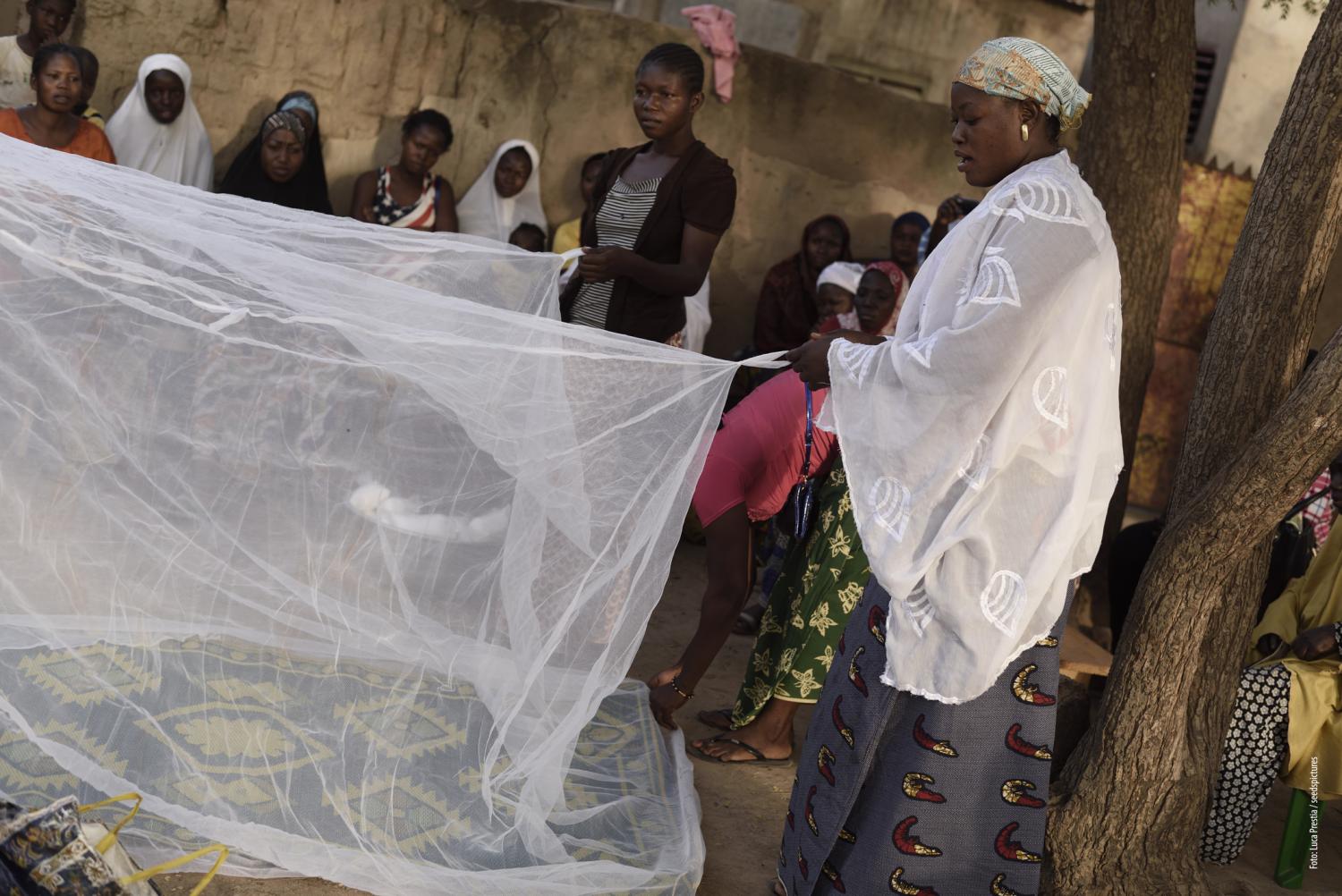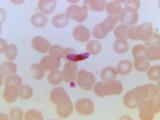A study published this week in The Lancet Infectious Diseases highlights the substantial impact of infectious diseases on global health.
The analysis of data from 204 countries by researchers with the Institute for Health Metrics and Evaluation estimates that 85 pathogens accounted for 704 million disability-adjusted life years (DALYs)—the number of years lost from ill health, disability, or early deaths—globally in 2019. That figure accounts for 28% of 2.54 billion DALYs attributed to all causes in the 2019 Global Burden of Disease (GBD) study.
The impact of these pathogens was disproportionately seen in children. Nearly 44% of the DALYs attributed to pathogens (309 million) in 2019 occurred in children under the age of 5 years.
According to the World Health Organization, one DALY represents the loss of the equivalent of one full year of health.
The study authors say their methodologic approach captures the full impact of pathogens on mortality and disability and is the most inclusive approach used to date. And they believe that their estimates, which they say highlight some pathogens that are being overlooked, can help global health leaders target areas where more research, funding, and action are needed.
"We urgently call for further research in drug development, vaccinology, and pathogen biology to innovate and accelerate drug and vaccine development for the broader group of pathogens highlighted in these rankings," they wrote.
TB, malaria, HIV had biggest impact
Of the total 704 million DALYs attributed to the 85 pathogens, bacterial infections were associated with 415 million, viral infections with 178 million, parasitic infections with 172 million, and fungal infections with 18.5 million.
The three pathogens with the largest observed impact were those causing tuberculosis (TB, 65.1 million DALYs), malaria (53.6 million), and HIV or AIDs (52.1 million). Malaria parasites were the leading pathogens for DALYs in children under 5 (37.2 million).
But the study also found a substantial burden associated with Streptococcus pneumoniae (38.1 million DALYs), Staphylocococcus aureus (34.5 million), and Klebsiella pneumoniae (31.1 million). In fact, S aureus was a leading pathogen according to DALY burden in 64 of the 204 countries included in the study and was associated with the sixth highest DALY burden in children under 5.
Others among the top 20 most burdensome pathogens were Escherichia coli, hepatitis B and C virus, Pseudomonas aeruginosa, influenza virus, Acinetobacter baumannii, Helicobacter pylori, invasive non-typhoidal Salmonella, rotavirus, respiratory syncytial virus, Salmonella enterica serovar Typhi, Bordetella spp (pertussis), group B Streptococcus, and fungi as a group.
We urgently call for further research in drug development, vaccinology, and pathogen biology to innovate and accelerate drug and vaccine development for the broader group of pathogens highlighted in these rankings.
The authors say that while the estimates support the amount of attention that TB, malaria, and HIV/AIDS receive from the global health community, the substantial health burden they observed for gram-negative bacteria suggests these pathogens deserve more focus and resources. Collectively, K pneumoniae, E coli, P aeruginosa, and A baumannii accounted for 114 million DALYs.
"Such a burden poses a substantial threat in health-care settings, leading to increased treatment costs, prolonged hospital stays, and elevated mortality rates, with the additional compounding effect of outbreaks in hospital settings that further contribute to the disease burden," they wrote. "Furthermore, these infections often occur in immunocompromised individuals, hospitalised patients, older individuals, or people with chronic illnesses, and are often caused by pathogenic species carrying various resistance genes."
Higher burden in poor countries
The impact from these pathogens was significantly larger in low- and middle-income countries (LMICs) than in high- and upper-middle-income countries, where non-communicable diseases like cancer and heart disease account for a greater proportion of DALYs.
When grouped by super-region, the highest fraction of pathogen-associated DALYs was seen in sub-Saharan Africa (314 million DALYs, 61.5% of 511 million total DALYs) and the lowest in the high-income super-region (31.8 million, 9.8% of 324 million DALYs). The fraction of DALYs associated with pathogens was also high in South Asia.
The authors say the discrepancy between poor and wealthy nations can be attributed to poor sanitation, limited access to clean water, and poor hygiene in LMICs, along with notable differences in healthcare infrastructure and access to essential medicines. They also note that, of the 85 pathogens analyzed, vaccines are available for only 22.
In an accompanying commentary, infectious diseases experts from South Africa and Tanzania say defining the burden of infectious diseases is just the first step. The next step is to understand how to sustainability reduce that burden, particularly in the places that are hardest hit.
"There is an urgent need to identify why well established interventions, such as the acceptability of vaccination, water, sanitation, and hygiene, and antimicrobial stewardship, are failing, whether interventions are implemented as intended, what dynamics within a country influence implementation, and how context might affect the outcomes," they wrote.
























